Everybody knows that for most of us going into the woods to pick and eat a random selection of toadstools and mushrooms is pretty much like playing Russian roulette – it’s been drummed into us since we were reading fairy tales. The point is unless you are an absolute expert on gathering mushrooms you should probably steer well clear. But, I hear you say, isn’t it the red ones with white spots to watch out for?! Well that’s one type to avoid, and they will make you pretty ill. But the poisonous mushrooms that will really do some damage look pretty unthreatening, often just like the edible ones.
One estimate I read puts the number of cases of mushroom poisonings at between 6-7,000 cases a year in the USA alone. Whilst the fatality rate is a fraction of a percent many do experience serious mushroom poisoning symptoms. Many of these cases are children but there are plenty involving adults, and in extreme cases entire families have been poisoned. In total there are about 30 species of poisonous mushroom that have proven consistently fatal to humans, many of which are related. In addition there are a further 20 that have on occasions been known to cause death. The list below includes those responsible for killing the most people or with the greatest potential to do harm.
10. Fly Agaric (Amanita muscaria)
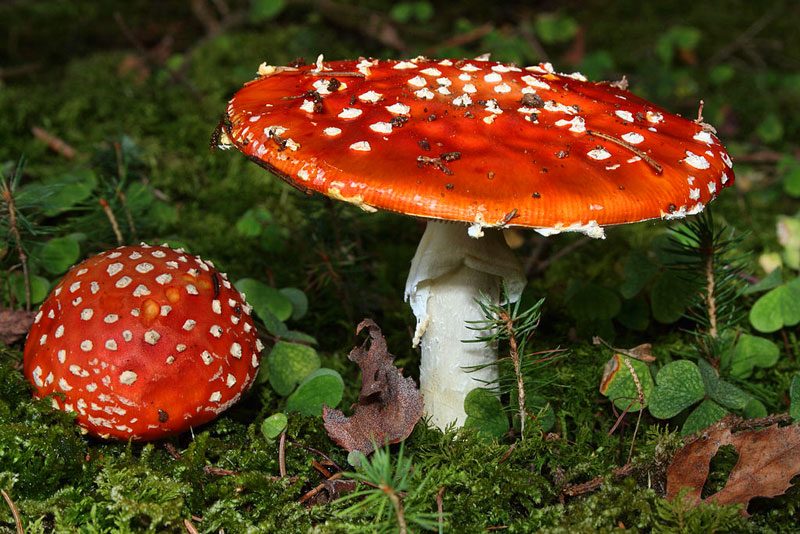
The fly agaric is the iconic toadstool of children’s fairy tales. Instantly recognisable with its bright red cap and white spots you would have to be an idiot to eat one of these! Or a child or pet. Whilst you can imagine why a kid may eat one of these it is less clear why dogs (and occasionally cats) seem to have a taste for them. Unfortunately fly agaric is even more poisonous to these animals and invariably lethal.
The main toxic agents in Amanita muscaria are muscimol and ibotenic acid. These act on the central nervous system causing loss of coordination, alternating agitation and sleep, nausea and in some cases hallucinations. The effects kick in after around one hour but are rarely fatal. One of the biggest risks is due to the crazy behaviour exhibited when intoxicated. Something that didn’t escape the ancients who used these in rituals.
9. Angel Wing (Pleurocybella porrigens)
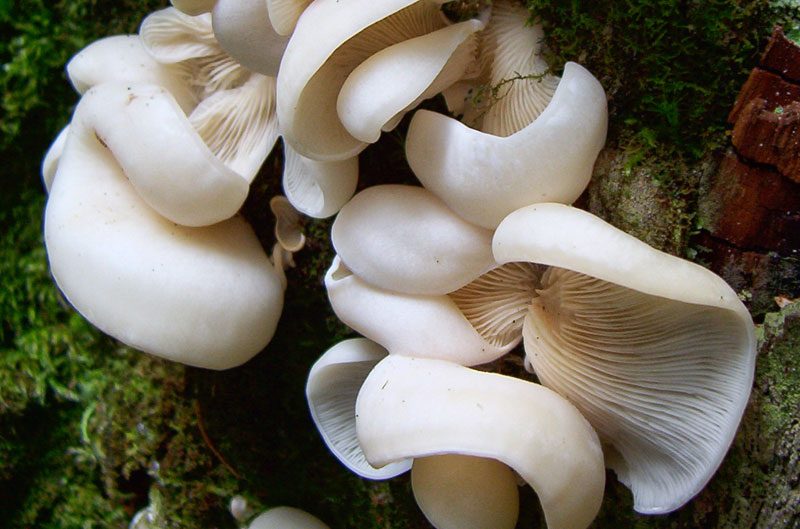 Found throughout the Northern Hemisphere angel wing gets its name firstly from how it looks and secondly because eating it gives a good chance of sending you heaven-bound. The angel wing was at one time considered edible and it seems that for many years there were no reported poisonings from eating it. That changed in 2004 when nearly 60 people became ill after eating them across Japan. Out of these 17 died during the following six weeks. In a further case in 2009 a 65-year-old man died of encephalopathy (brain disease) after eating angel wings. It is worth pointing out that many of those who died had pre-existing kidney or liver problems.
Found throughout the Northern Hemisphere angel wing gets its name firstly from how it looks and secondly because eating it gives a good chance of sending you heaven-bound. The angel wing was at one time considered edible and it seems that for many years there were no reported poisonings from eating it. That changed in 2004 when nearly 60 people became ill after eating them across Japan. Out of these 17 died during the following six weeks. In a further case in 2009 a 65-year-old man died of encephalopathy (brain disease) after eating angel wings. It is worth pointing out that many of those who died had pre-existing kidney or liver problems.
The mode of toxicity isn’t well understood in this fungus but a unique amino acid has been identified that kills the brain cells of lab animals. It is also possible that the fungus contains elevated levels of cyanide.
8. Deadly Dapperling (Lepiota sp. )
 The name is a bit of a give away with this one. This small, tasty looking mushroom and many of the Lepiota family, contain the deadly amatoxin which is capable of destroying the liver. It is this toxin that is responsible for 80-90% of all mushroom poisoning deaths. The fatality rate from ingesting amatoxins is around 50% if untreated and still 10% with treatment. The initial symptoms are gastrointestinal-intestinal distress but death may take some time and result from liver failure.
The name is a bit of a give away with this one. This small, tasty looking mushroom and many of the Lepiota family, contain the deadly amatoxin which is capable of destroying the liver. It is this toxin that is responsible for 80-90% of all mushroom poisoning deaths. The fatality rate from ingesting amatoxins is around 50% if untreated and still 10% with treatment. The initial symptoms are gastrointestinal-intestinal distress but death may take some time and result from liver failure.
It is found in conifer forests throughout Europe and North America and has been responsible for several deaths over the years. Other members of the family include the equally delicious sounding deadly parasol.
7. Podostroma Cornu-damae
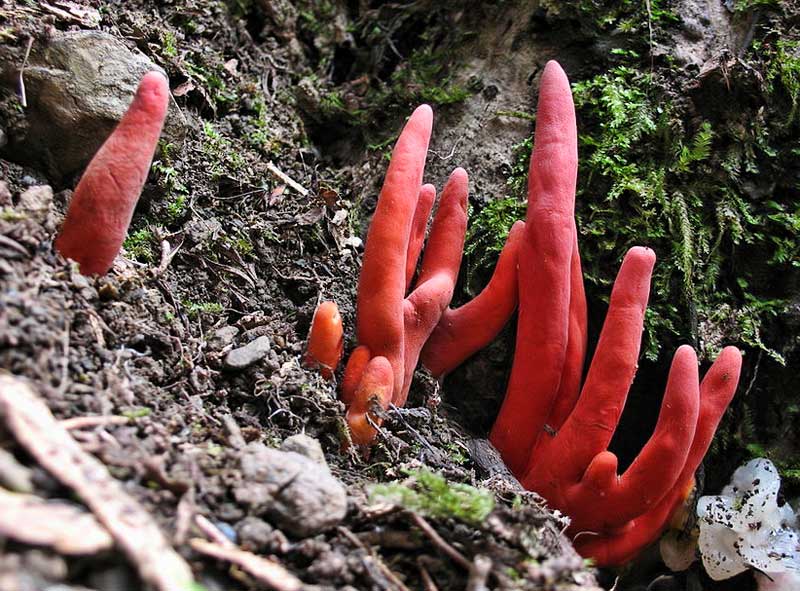
These funky looking Japanese fungi shout “Don’t eat me”! Well to me anyway. Obviously not to the folk of Japan though. I suppose they are already slightly fatalistic about their food, expecting to die every time they have a bit of puffer fish. Apparently this fungus looks like young Ganoderma lucidum and is only eaten in error though.
The main toxins in these poisonous fungi are trichothecene mycotoxins which have particularly unpleasant effects and may cause death within a matter of days. The symptoms are system wide and can affect all organs, primarily liver, kidneys and brain. There is also a depletion of blood cells, peeling of skin off the face and hair loss making it look like the victim is suffering from radiation poisoning (or leukemia).
6. Conocybe Filaris
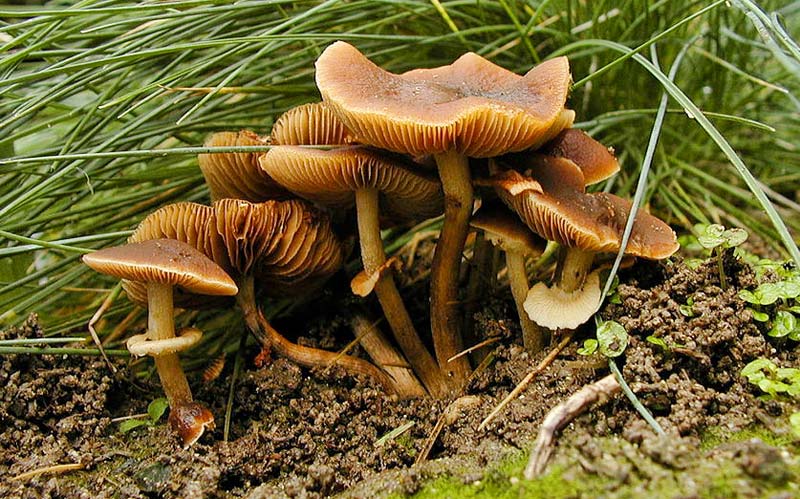
This mushroom is commonly found on lawns and is native to the Pacific Northwest region of the US. Whilst it doesn’t look immediately inviting as a snack its appearance in gardens brings it into closer proximity with people than many other poisonous mushrooms. The other factor in accidental poisoning with this mushroom is the alleged similar appearance to the Psilocybes mushroom, also known as magic mushrooms. However, taking one of these could lead to the mother of all bad trips. This fungus is known to contain the particularly deadly amatoxin which if ingested can cause irreparable liver damage.
5. Deadly Webcap (Cortinarius rubellus)
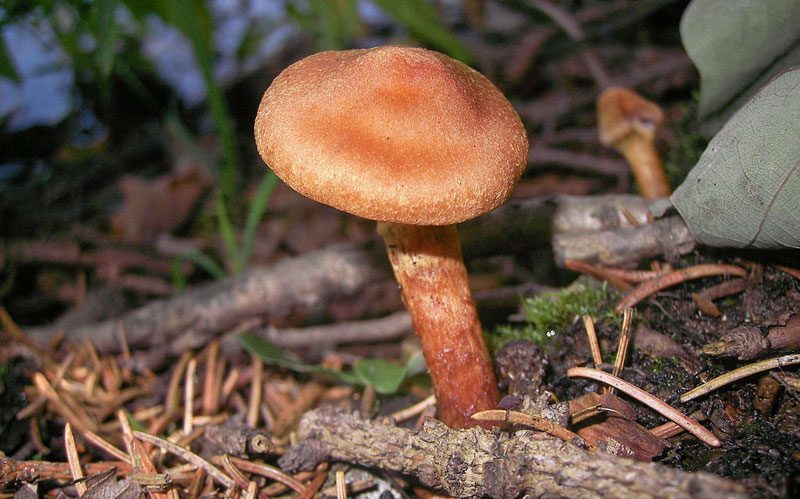
Another deadly mushroom with a deadly name. The webcap is a particularly innocuous looking mushroom similar in appearance to many edible species. In fact it is incredibly poisonous and eating it will possibly kill you; if not within weeks at a later date when your kidneys pack in. This is what happened in the case of The Horse Whisperer author Nicholas Evans. Along with his wife and two other guests they ate deadly webcaps that they had collected mistaking them for something edible. Whilst they all survived Evans was put on kidney dialysis and all were told they would need kidney transplants in the future.
They were lucky. The toxin orellanine is very potent, up there with arsenic and with no known antidote. It is said that one can be poisoned just by tasting and spitting out a small piece of this mushroom. Besides kidney failure other symptoms of the poisoning are reportedly flu-like. They don’t appear for several days and can go on for weeks.
4. Autumn Skullcap (Galerina marginata)
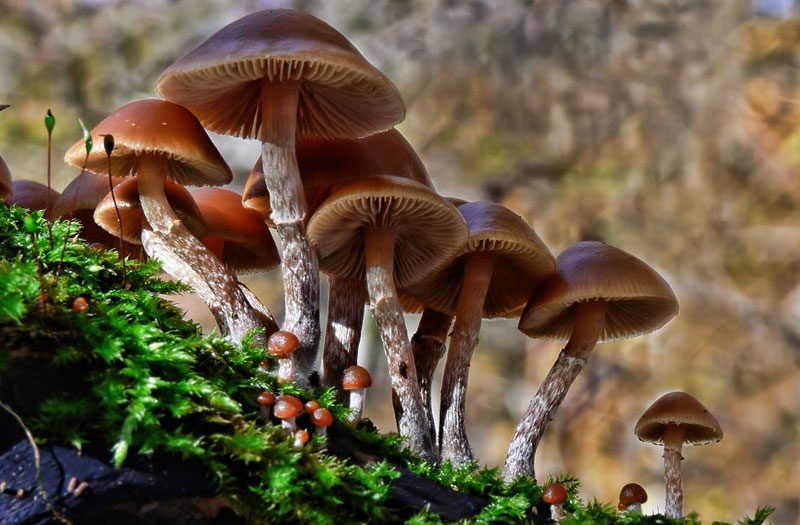
The autumn skullcap… now there is a name that shouts “Eat me!”. They grow on dead wood and are found throughout the world; as far north as the Arctic and as far south as Australia. As with many other of the world’s most poisonous mushrooms the skullcaps look similar to other, edible species. In this case they may be confused with honey fungus, sheathed woodtuft and velvet foot amongst others. The message here is pretty clear; if you do not know exactly what you are doing, there is a good chance you will die!
The active ingredient here is yet again the infamous amatoxin. So if you value your liver function steer clear of the autumn skullcap.
3. False Morel (Gyromitra esculenta)
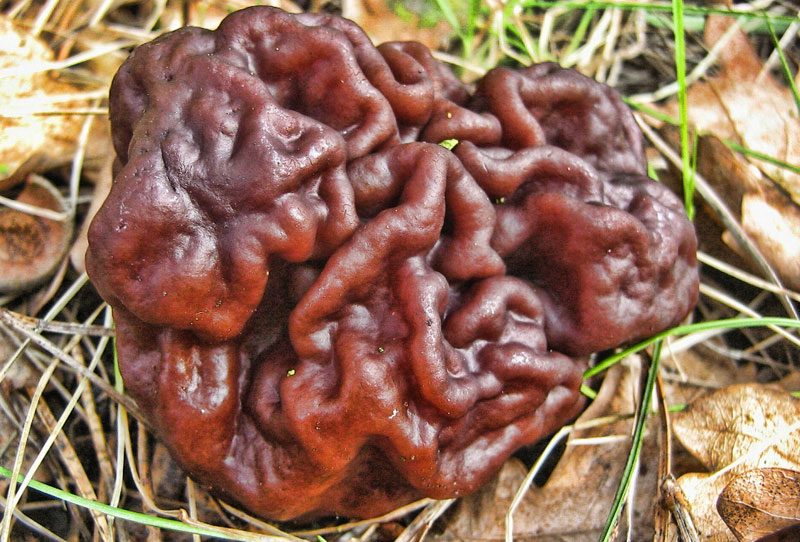 With all the ridiculous names given to mushrooms and fungus here is one that absolutely screams out for one – “The human brain fungus“! But no, for some reason they named it false morel, which it doesn’t really look like. Obviously something as delicious looking as a human brain is not going to go uneaten. And it doesn’t. The false morel is a popular delicacy in Scandinavia and Eastern Europe.
With all the ridiculous names given to mushrooms and fungus here is one that absolutely screams out for one – “The human brain fungus“! But no, for some reason they named it false morel, which it doesn’t really look like. Obviously something as delicious looking as a human brain is not going to go uneaten. And it doesn’t. The false morel is a popular delicacy in Scandinavia and Eastern Europe.
But isn’t this weirdly-shaped mushroom deadly poisonous? Well yes, but no. If eaten raw there is a good chance you will die horribly. If not cooked properly there is also a chance you will die. However, cook it right and I’m sure it tastes great.
The toxin here is gyromitrin which becomes monomethylhydrazine (MMH) after you eat it. This toxin will primarily affect the liver but also the nervous system and sometimes the kidneys. Symptoms such as diarrhea and vomiting will appear within hours and are followed by dizziness, lethargy and headache. In the worst case this will end in a coma and death within the week. The false morel can be found in conifer woodlands throughout Europe and North America.
2. The Destroying Angels

If this mushroom had its name written on it absolutely no one in their right mind would f**k with it! The Destroying Angel, that just screams “Eat me and you will die!”. And this pretty much sums up these members of the genus Amanita.
They contain lethal doses of amatoxins and are responsible for a large proportion of all mushroom related deaths. The initial symptoms of cramps, delirium, convulsions, vomiting and diarrhea appear with a day of ingestion. Unfortunately, by this time the toxins may have been absorbed causing irreversible destruction of the kidney and, particularly, liver tissue. At this point a liver transplant may be the only option if the patient is to survive.
1. Death Cap (Amanita phalloides)
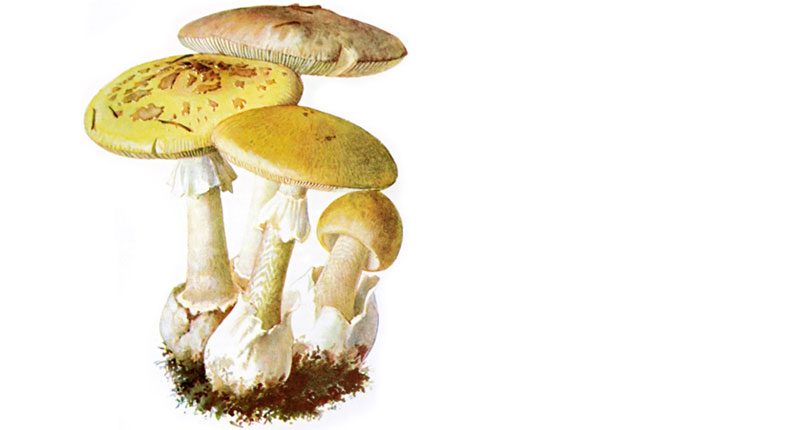 Related to the Destroying Angels is the similarly appealing sounding death cap. It is this deadly poisonous mushroom that has been responsible the majority of human deaths both accidental and on purpose. The death cap has a long history and is associated with the deaths of a number of notable victims including the Roman Emperor Claudius, a pope and a Russian tsar.
Related to the Destroying Angels is the similarly appealing sounding death cap. It is this deadly poisonous mushroom that has been responsible the majority of human deaths both accidental and on purpose. The death cap has a long history and is associated with the deaths of a number of notable victims including the Roman Emperor Claudius, a pope and a Russian tsar.
The deathcap is native to Europe where it is found in forests, commonly under oak trees. It is similar to several edible mushrooms, most notably the paddy straw mushroom which is eaten throughout Asia. For this reason it has caught out several unwary immigrants from Asian countries where it does not grow.
The primary toxic agent is α-amanitin (amatoxin). As mentioned this causes irreversible damage to the liver and kidneys. It is estimated that 30 grams (1oz) or approx. half a mushroom is enough to kill an adult. It seems that many of the reported poisoning incidents involve whole families; in 2006 a Polish family of three ate death caps. One died and the two survivors required liver transplants. In such cases it seems that victims have a 50% chance of survival as was the case with four people celebrating New Years in Australia and a more recent case involving a couple in the UK.
Unlike some of the other fungus on this list the toxicity of the death cap remains unchanged if they are cooked, dried or frozen. Bon appetit!
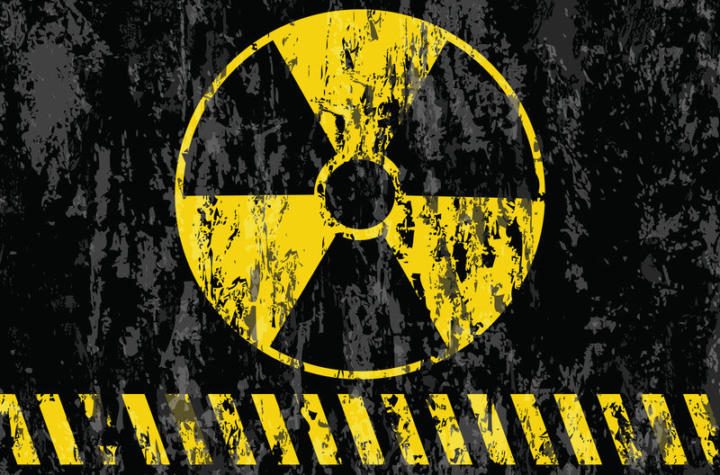
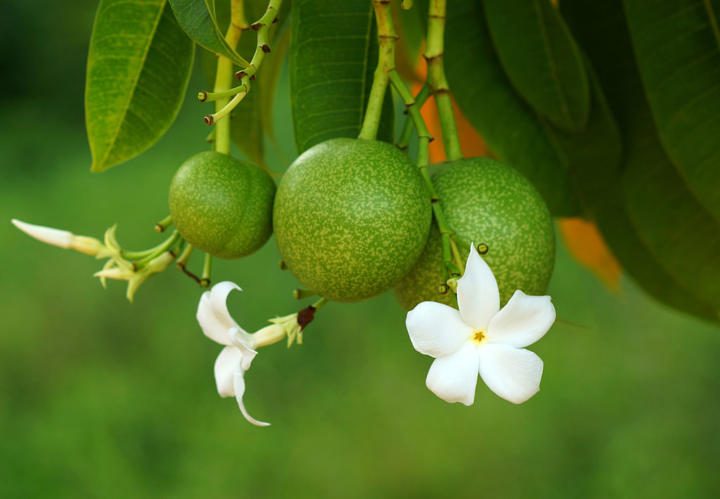
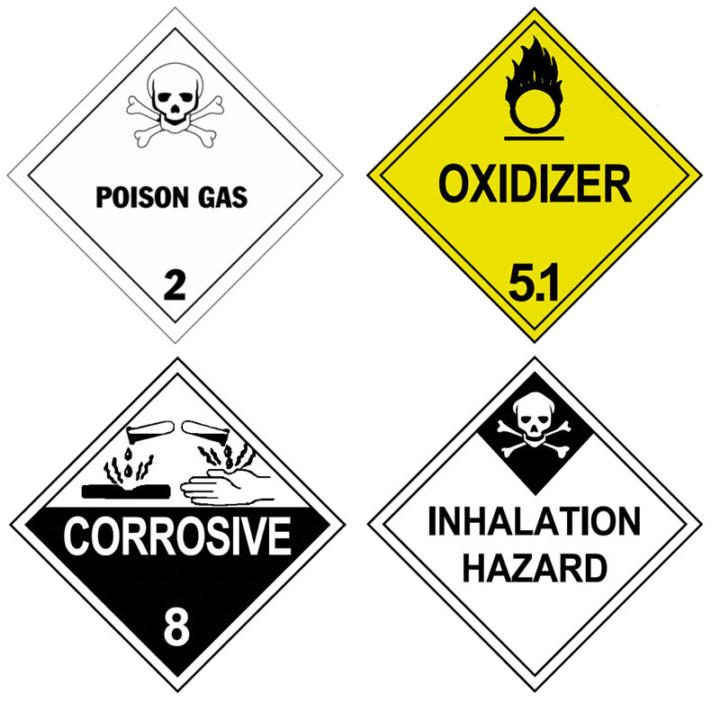
Amanita Muscaria is completely safe to eat. Muscimol the active desired alkaloid in these red and white shrooms is not harmful and has many desired effects. For people to take with no issue it’s recommended that you paraboil them or cure dry them properly.
In south America native shamans would eat them raw and urinate into bowls, pull off the top layer and serve the filtered shaman urine to those who wanted a good time. This converted ibotonic acid into Muscimol.
Ibotonic Acid is the chemical that causes undesired effects. There are Amanita types that are poisonous like Death Cap (Phalloids) called Fly Agarics but Amanita Muscaria and Patharenia are completely safe when properly cured/dried or thw ibotonic acid is converted to ~90+% Muscimol.
I’ve eaten 100s of dried yellow, orange, red and even brown Amanita’s which are 3 different types all similar to A. muscaria(the red and white ones)
They are perfectly safe. You can get effects similar to absinthe and mild psilocybin mushrooms but not very visual. In high doses you can go to sleep for a while or have visual loops. But it’s like being drunk on alcohol but far less negative after effects and its different.
Hallucinogens + Alcohol
You sound like you should try some more mushrooms. All of them in fact. Spare us your babble.
what is wrong with you? He did very well to counteract the misinformation from this article
I have a question: I found a series of toadstools in about 1/2 fairy ring in the front yard. The caps were rust color at the center and cream at the edges. The underside was green with black stripes; I did not see any gill slits. The stem was large about 3 ” in circumference. When pulled out of the ground, the end looked like a burnt cigar. what are they?
That’s probably a hypholoma fasciculare which are poisonous when consumed.
I have all of those in my backyard!
Wow that’s bad. Pluck them out before any of your future guests eats them.
I m dying to get some seeds, so i can plant and study them from up close. They fascinate me and i ve been reading about them since I was 16yo. I m now 45 and I never had the chance to see any from up close.
i think theyre called spores
#3, the “Brain” or “False” Morel is delicious! However, it should NEVER be eaten raw! In fact, NO Morel should be eaten raw, including the classical, conical-shaped, sponge-like Morel. Yes, the Brain Morel is much more toxic if eaten raw, but cooking drives off the volatile toxins. Sauté with butter over moderate heat for five to 10 minutes, drain (cooking causes considerable shrinkage and excess liquid will accumulate in the pan; all fluids from cooking should be discarded) and smoother a steak right off the grill/broiler. Our family has been collecting Brain Morels in northern Michigan for many years and consider them a delicacy.
I have heard about the death cap mushroom, and it is VERY DANGEROUS, so be careful!! 😀
Death Cap is Amanita Phalloids
It’s nothing like Amanita Muscaria the Red and White Mario looking mushroom.
I’ve eaten hundreds of Amanita Muscarias which you should dry them properly before consumption so the ibotonic acid converts to Muscimol.
they are missing a lot of toxic species like Inocybe, Entoloma, Tricholoma, Hebeloma, Clitocybe, Omphalotus, Hapalopilus, Coprinopsis+alcohol, …
and Angel Wing (Pleurocybella porrigens) is only known to be toxic in Japan, so I think they were misidentified Trogia species, or misidentified Lampteromyces japonicus
Destroying angel is (Amenita bisporigera)
#10 should not be on the list …this mushroom is poisonous but not lethally, kinda like cyanesence and liberty caps are poisonous but not lethal, it is the poison in those that make you hallucinate. The same deal here, although the toxin is a different mushroom poison, that also when ingested makes you trip also. So if any retard tells you that these are deadly poisonous, slap them in the face for me out of respect for science. Here are the effects, when consumed more than four small caps, the effects are noted as, at first, nausea and intense tiredness, you may pass out into a deep sleep for 30 minutes, and then you wake up, or if you stayed awake, you now start to feel stoned, as if you smoked some weed, indica, a nice body high, 30 minutes later you start tripping balls, visuals happen. From then on you have 8-15 hours of madness or brilliant fun depending on if you panic or just take it as It comes. Everybody has the nerve to nievly condemn this mushroom as a deadly poisonous mushroom, because in child stories it is always shown to be a deadly poisonous forest mushroom. Do research before you condemn something because of folklore story books ment for children
Er, I think it pretty much says all this in the article, but feel free to rant…
But it says, about animals eating them, “Unfortunately fly agaric is even more poisonous to these animals and invariably lethal.” Um, no. Many animals LOVE them, and I find no reports of them being lethal. Matter of fact, part of the St. Nicholas myth is based in amanita culture, as they are favoured by reindeer, and Siberian shamans will drink the urine of those reindeer, as the active components are not dissipated by the system.
Gyromitra esculenta: ‘esculent’ means, basically, edible.
Pleurocybella porrigens/pleurotis porrigens, also not deadly. So, why these 3 are including in top ten most deadly, I do not know. It is irresponsible, and makes all information suspect.
Although classified as poisonous, reports of human deaths resulting from fly agaric ingestion are extremely rare.
meaning that it is possible
There is a problem with #7 on your list. It in no way shape or form resenbles reishi( ganoderma lucidium). Which as a young specimen is white fading to a tanish color on the margin; which develops into the charistic varnish spore surface later as it matures. It also is a saprophyte growing primarily on damaged hemlock and other conifers as well as fallen dead hemlock. A far cry from growing in soil.
Just throwing it out there; as many “Look-a-likes” do not look anything like the edible counterparts. Best best rule of any forager is- if it can’t be positivly identified, leave it alone, don’t touch it, it isn’t worth killing yourself or others through misidentification. When i collect for study, i ware disposable gloves. Due to the extreame toxicity of some species. A very small amount may cause hospitalization, and possibly death.
Having had a look at Ganoderma lucidum I kind of agree with you there. Not sure where I got that info from.